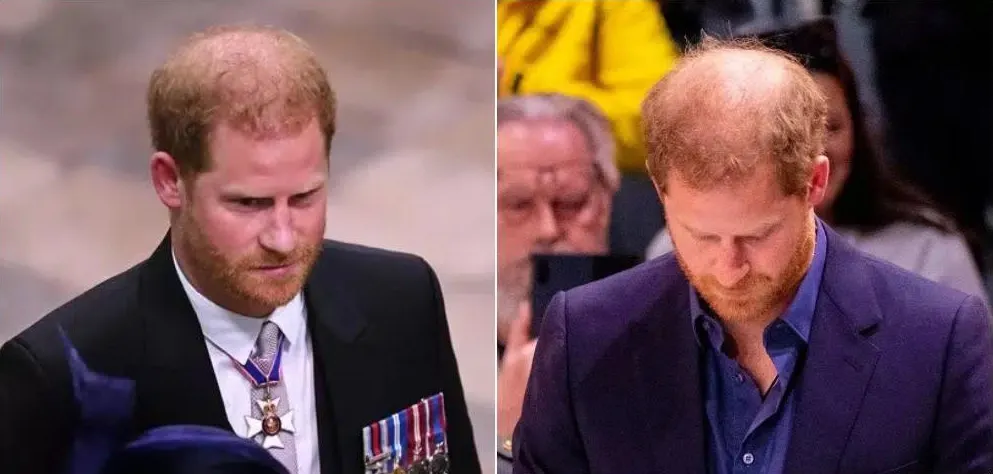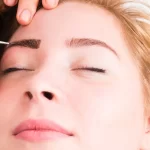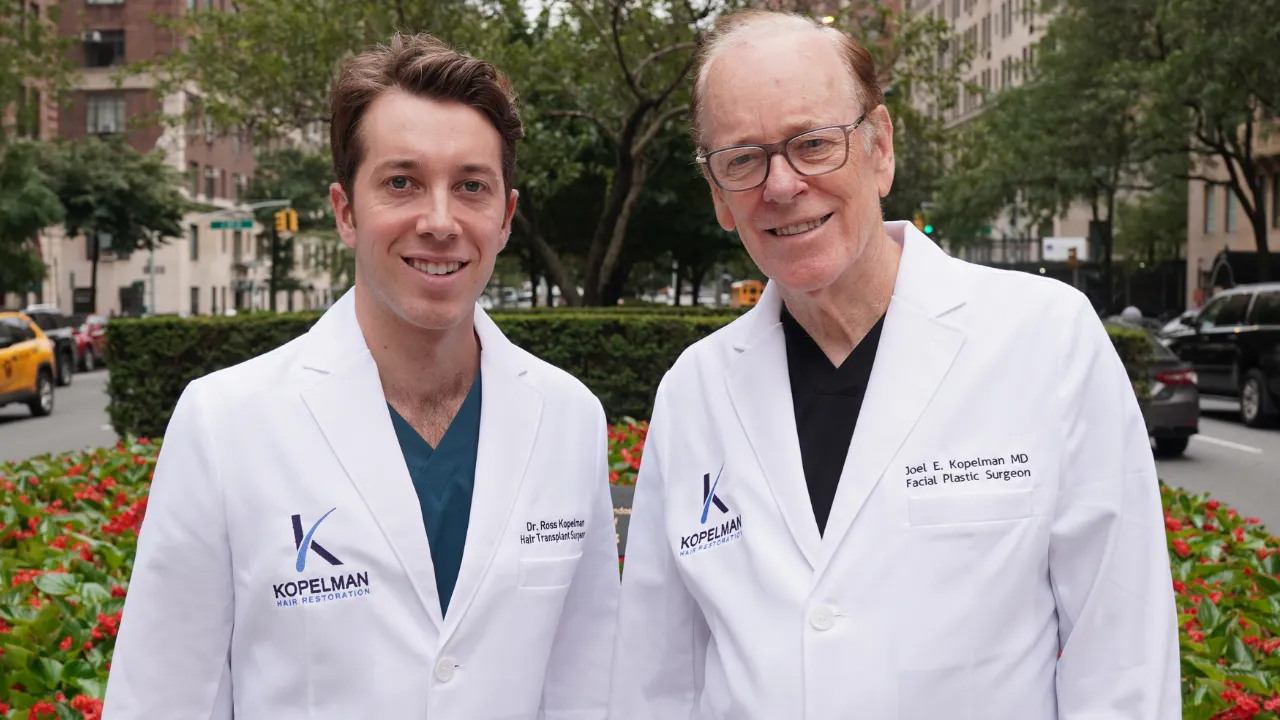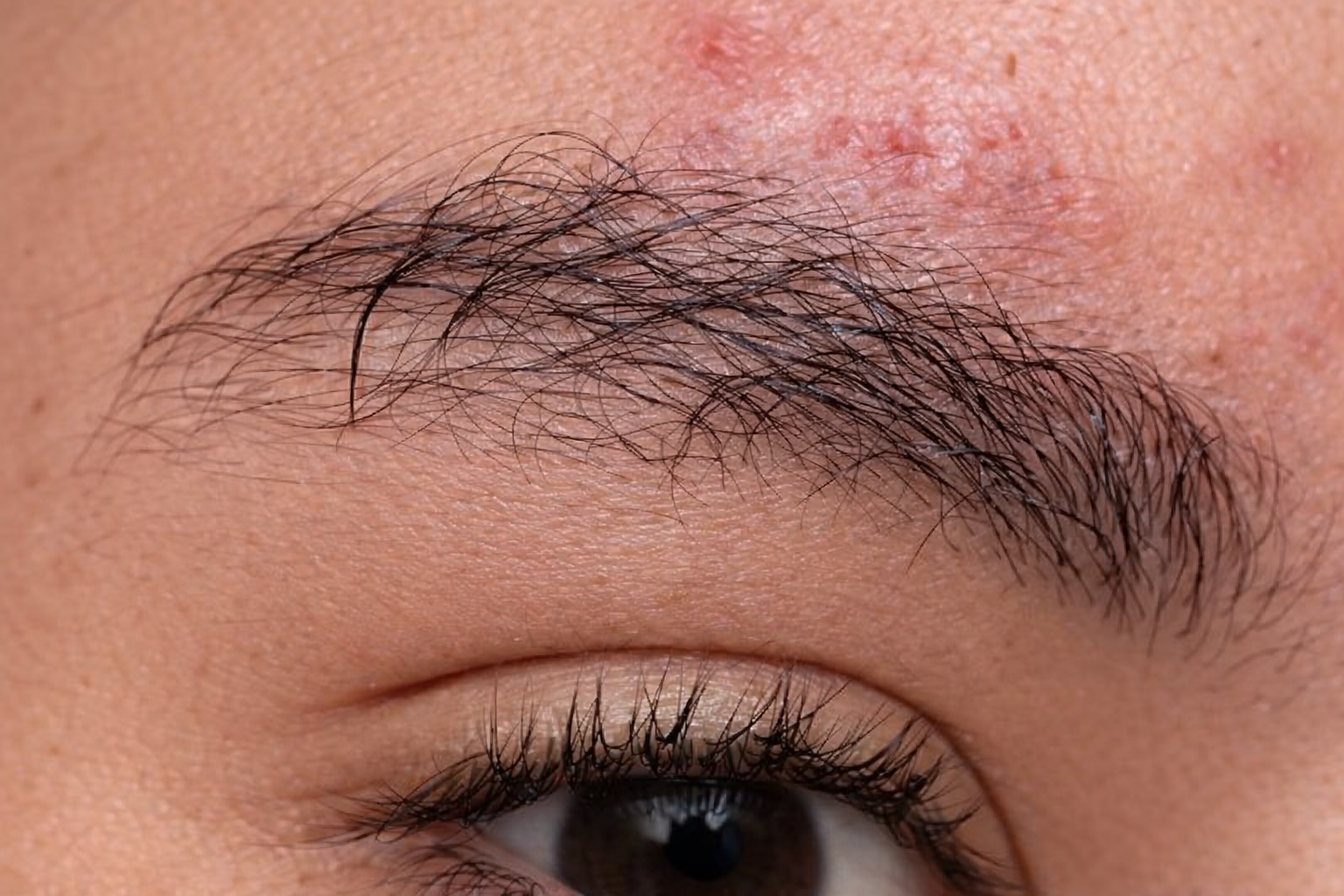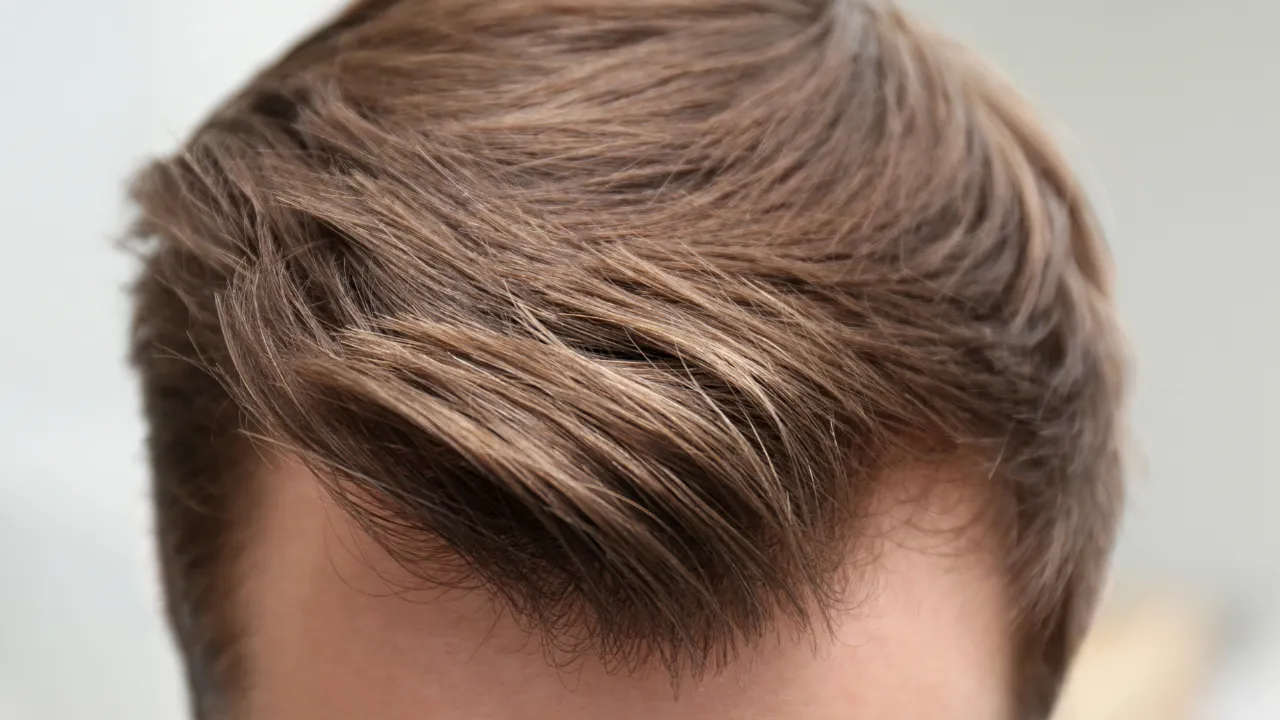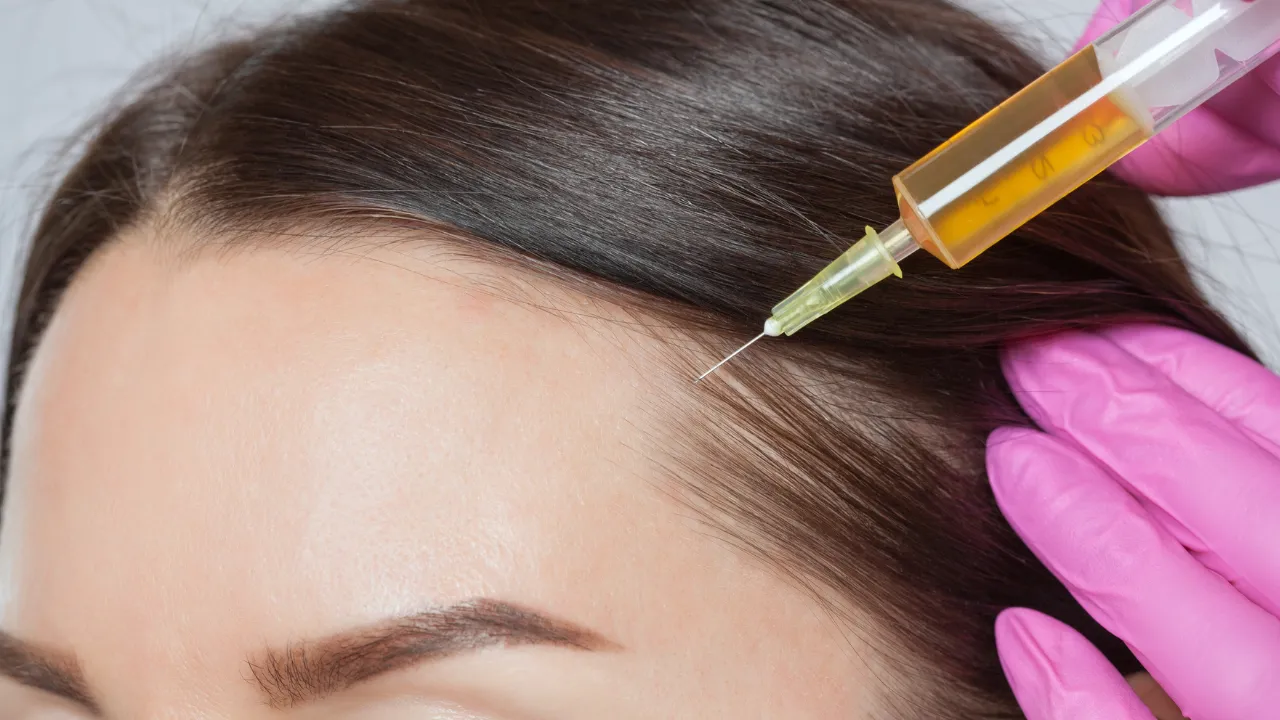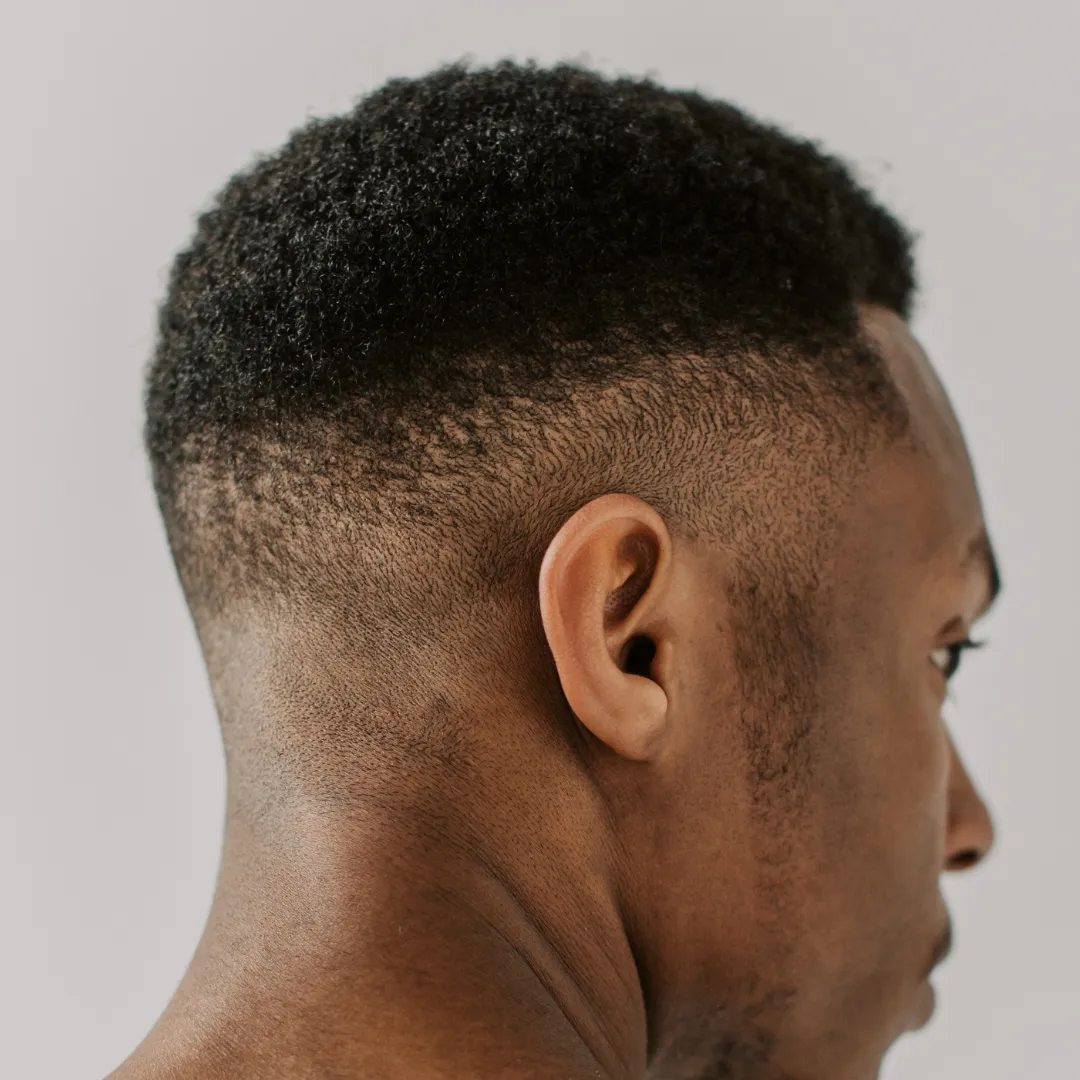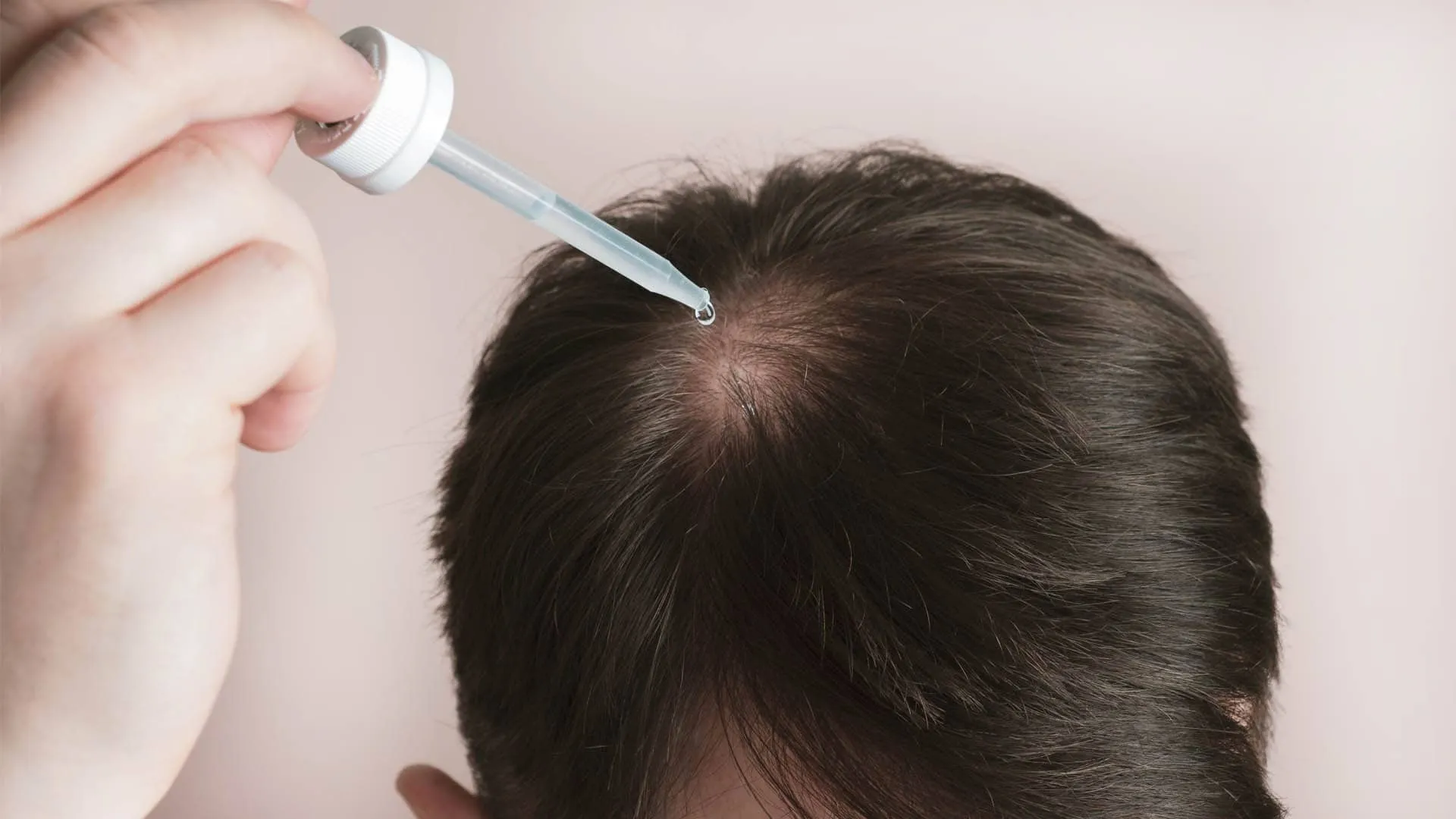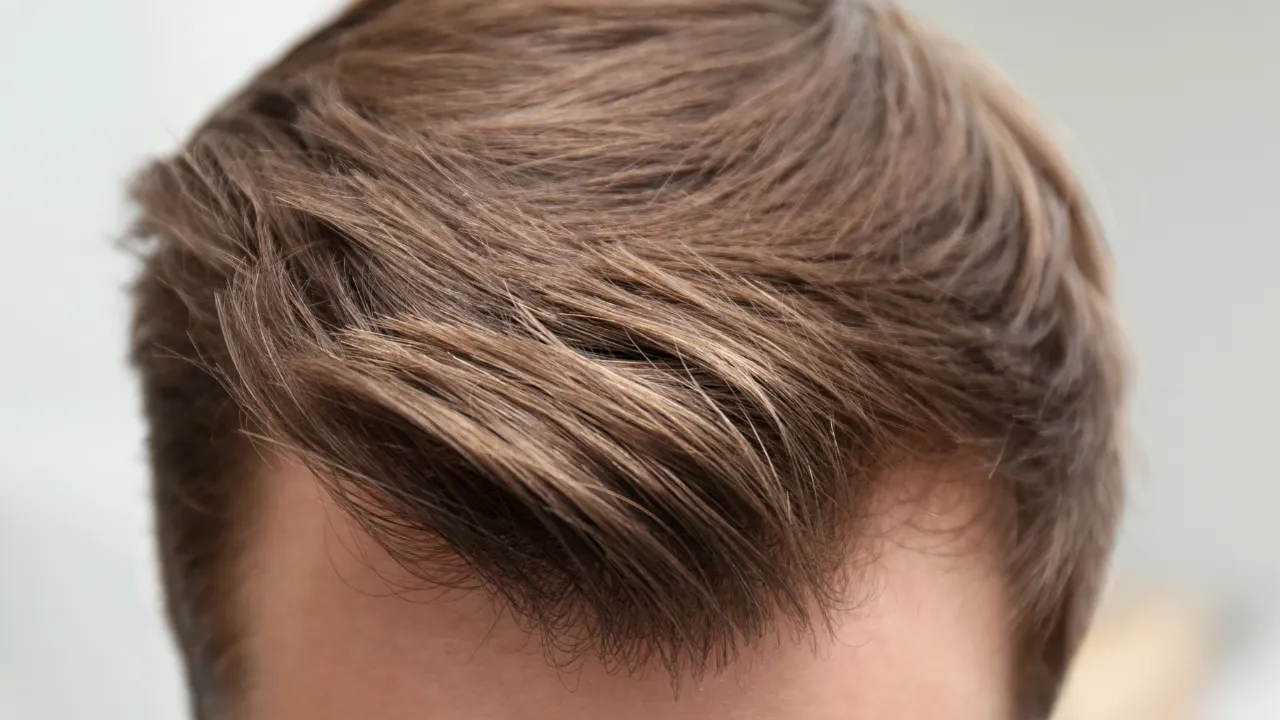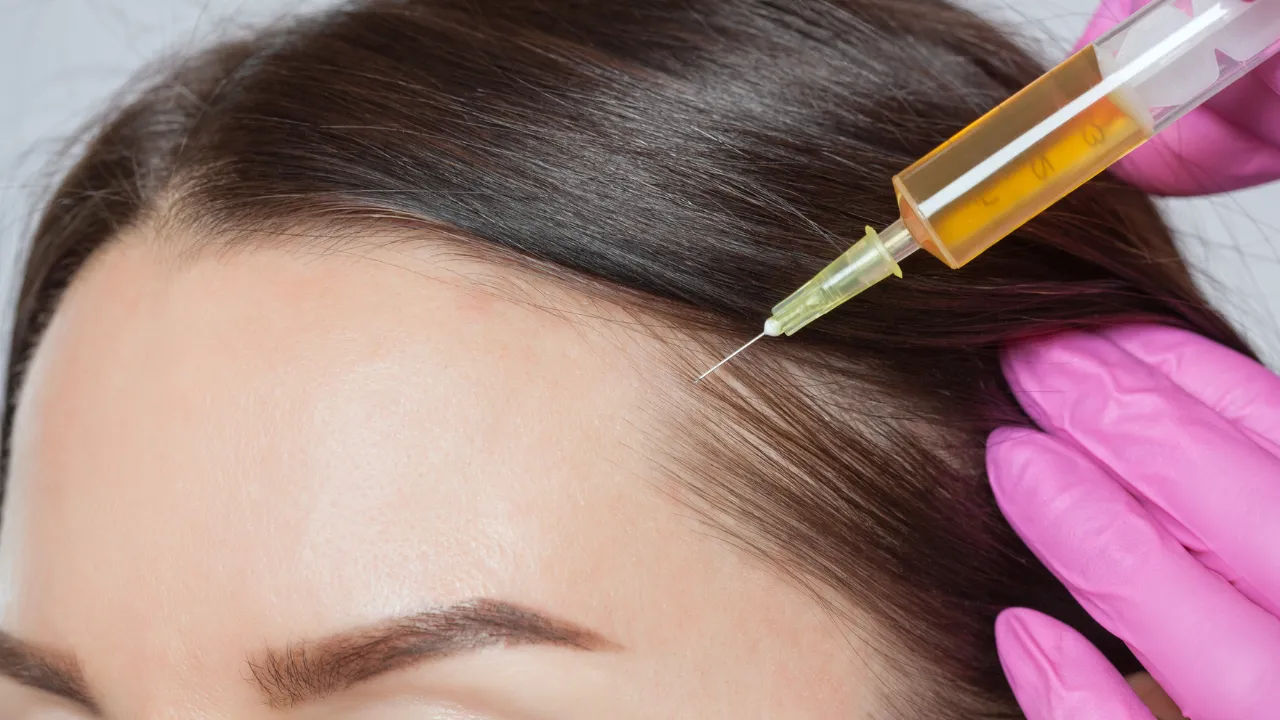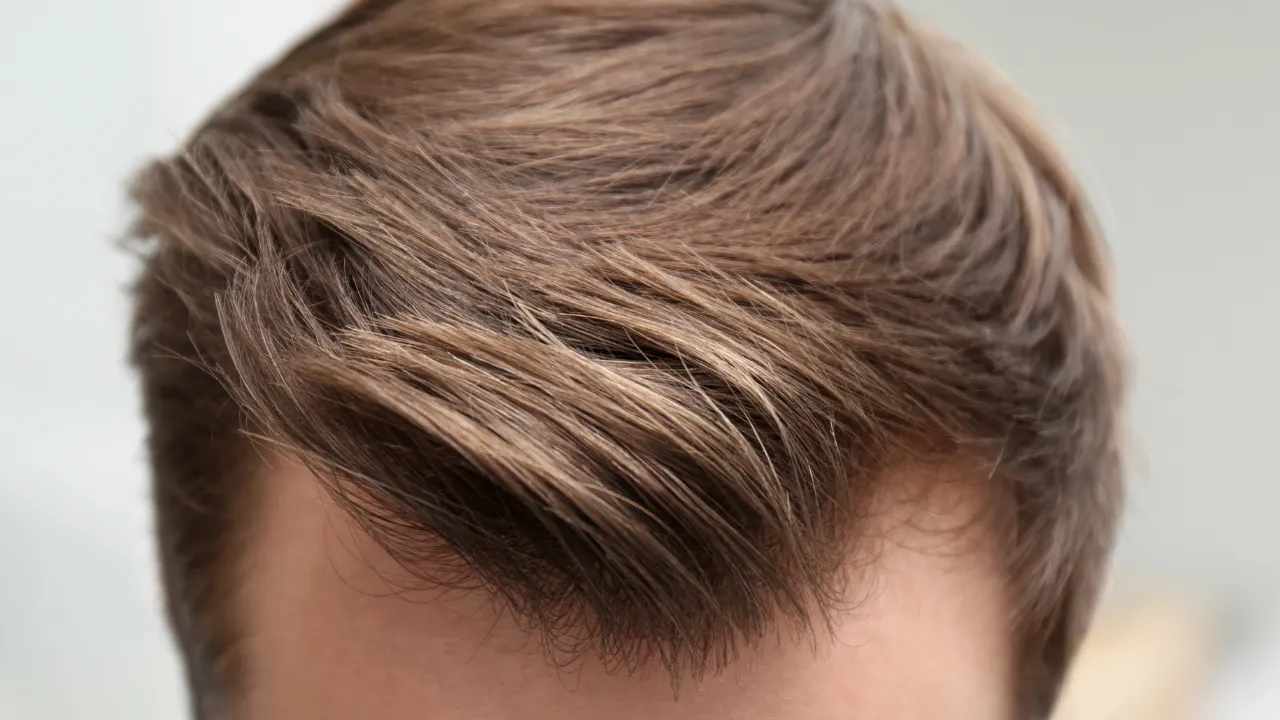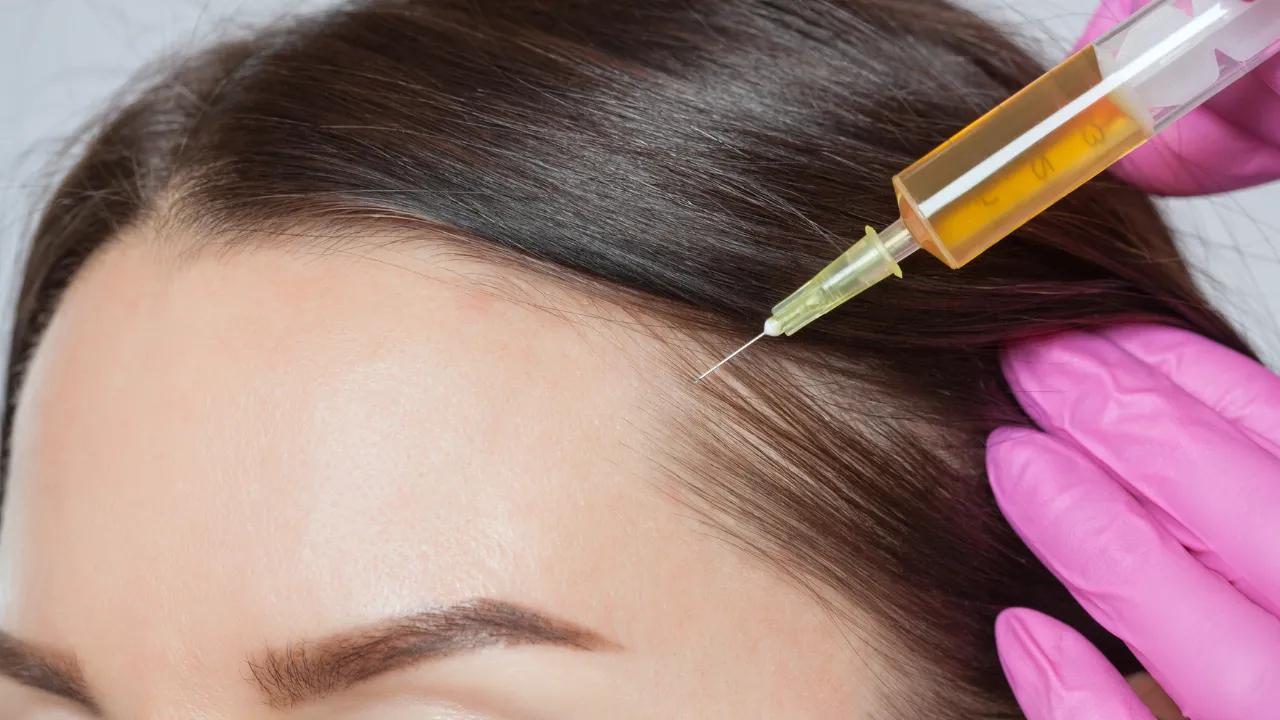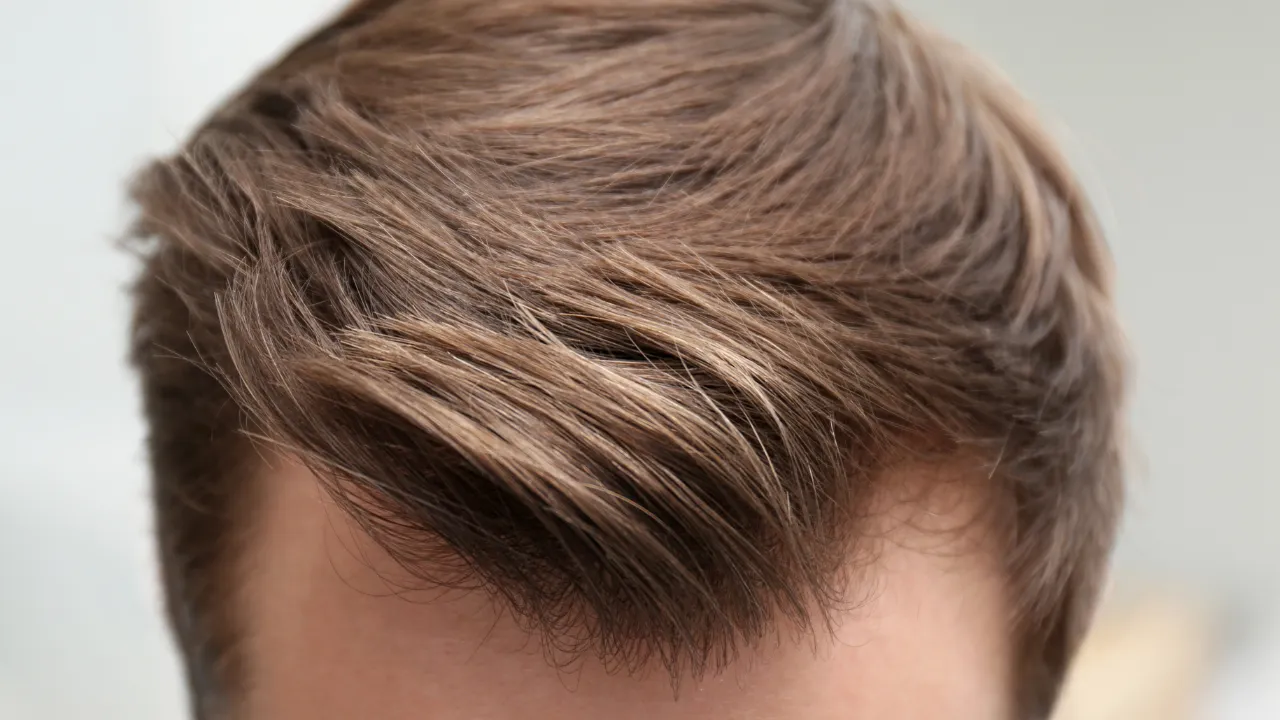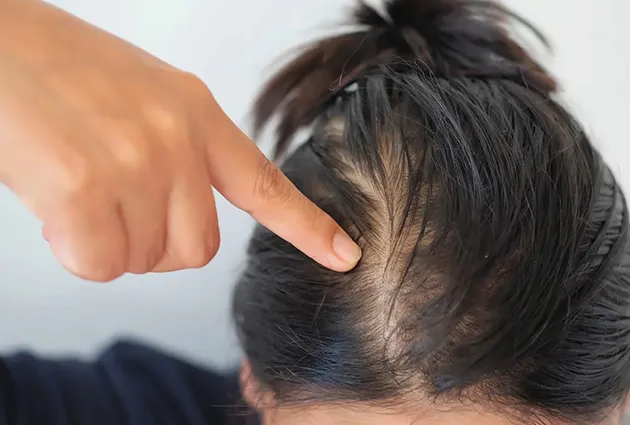Table of Contents
ToggleWhen it comes to members of the royal family, every detail of their lives, including their appearance, becomes a topic of public interest. Over the years, Prince Harry’s hair has garnered significant attention. From his youthful mane to the more recent signs of thinning, Prince Harry’s hair journey has sparked conversations about genetics, male pattern baldness, and the pressures of life in the public eye. This comprehensive look delves into the details surrounding Prince Harry’s hair, examining the causes, comparisons, and possible solutions.
The Evolution of Prince Harry’s Hair
In his youth, Prince Harry was known for his fiery red hair, a trait passed down from his mother’s Spencer lineage. His thick locks made him a standout in the royal family, often seen as a contrast to his older brother, Prince William, who began showing signs of male pattern baldness early in adulthood. However, over the years, changes in Prince Harry’s hair have become evident. The once full head of hair has started thinning, particularly on the top of his scalp, with a receding hairline becoming more pronounced.
Photos from public appearances reveal subtle but undeniable signs of hair loss. Prince Harry’s thinning hair has been especially noticeable in recent years, leading to speculation about whether he is suffering from male pattern baldness, a condition that runs in his family.
Male Pattern Baldness in the Royal Family
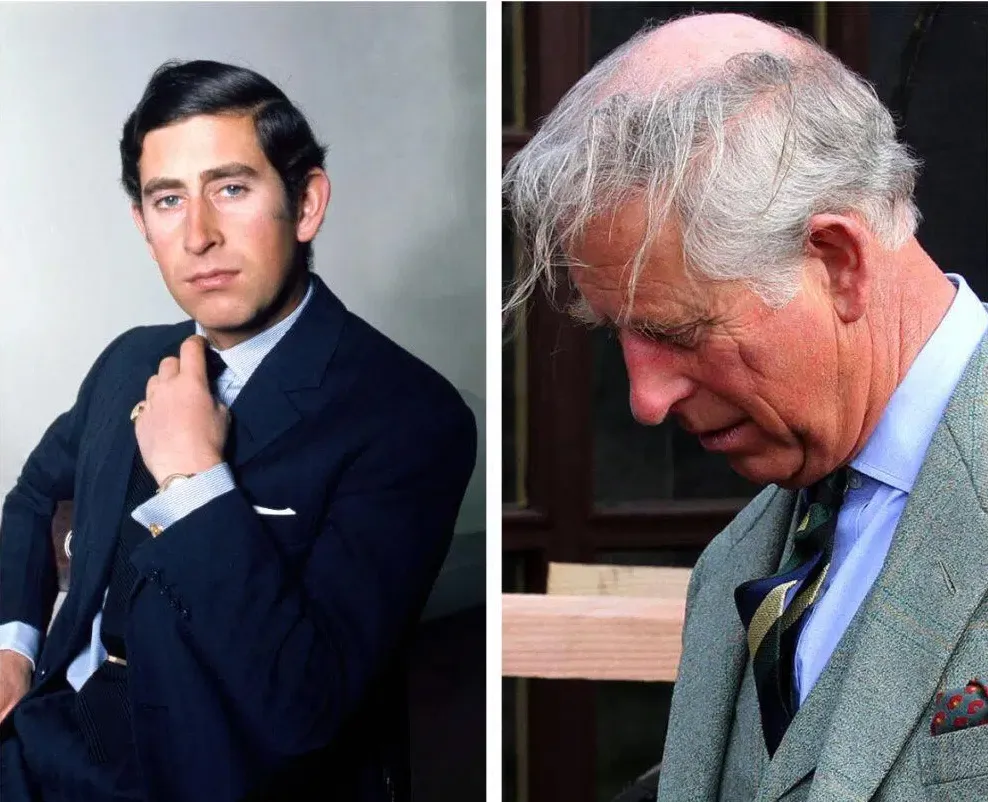
Male pattern baldness, or androgenetic alopecia, is a genetic condition affecting millions of men worldwide. Receding hairline and thinning at the crown are often characterized by eventually leading to a bald spot. In Prince Harry’s case, the hereditary link is clear. His father, King Charles, has long been known for his receding hairline, and his brother, Prince William, has experienced significant hair loss, with his bald spot being a frequent topic of discussion.
Prince Harry’s hair thinning suggests he may be following a similar pattern. Experts have noted that the top of his scalp appears less dense, with thinning hair gradually becoming more pronounced. This aligns with common signs of male pattern baldness, which typically begins in a man’s late twenties or early thirties.
Public Speculation About Prince Harry’s Hair
As Prince Harry’s hair loss became more apparent, the public and media began speculating about whether he might consider interventions such as hair transplants. Hair transplants have gained popularity among public figures looking to restore their hairline or combat thinning hair. Clinics specializing in this procedure often point to advancements in techniques, offering natural-looking results.
While Prince Harry has not publicly addressed his hair thinning or shown any indication of pursuing hair transplants, comparisons to other public figures, including his older brother, have fueled debates. Unlike Prince William, who has embraced his bald spot with humor, some believe Prince Harry might explore solutions to maintain his appearance, especially given his active role in the public eye alongside his wife, Meghan Markle.
Meghan Markle’s Support and Influence
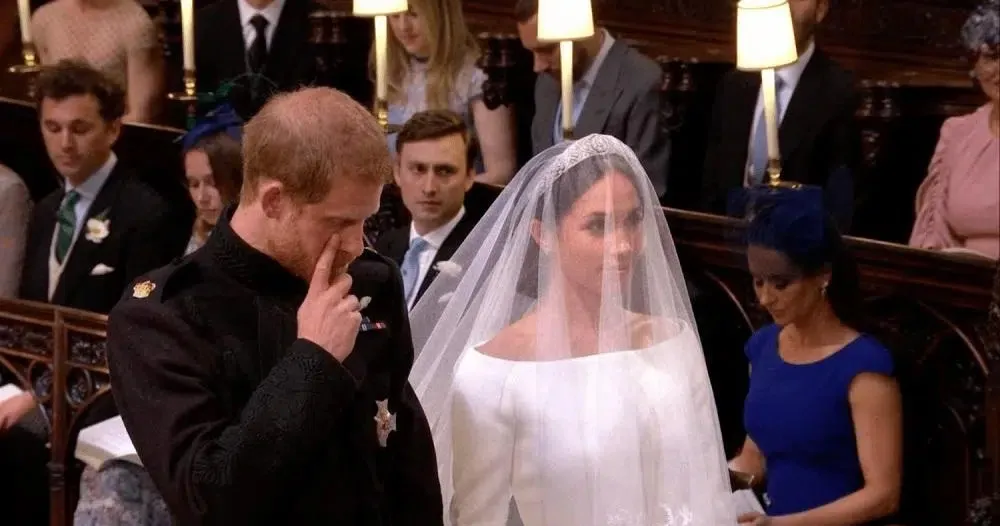
Prince Harry’s wife, Meghan Markle, has been a source of strength and support throughout his journey. The couple’s modern and confident image suggests that they approach life’s challenges, including physical changes like hair thinning, with resilience. While Meghan Markle hasn’t commented publicly on her husband’s hair loss, her unwavering support likely bolsters Harry’s confidence as he navigates life in the spotlight.
The Role of Genetics in Harry’s Hair Loss
Genetics plays a significant role in Prince Harry’s hair thinning, as it does for most men experiencing male pattern baldness. The condition often runs in families, and in the royal family, the evidence is clear. King Charles and Prince William both serve as examples of how hereditary factors influence hair loss. While hair loss cannot be prevented entirely, early intervention and treatment options may slow its progression.
Prince Harry’s hairline changes align with typical patterns seen in male relatives. Photos reveal a gradual receding hairline and a thinning crown, common markers of hereditary hair loss. These signs have sparked curiosity about whether Harry’s hairline will continue to recede or stabilize in the coming years.
Could Hair Transplants Be in Prince Harry’s Future?
Hair transplants have become a viable option for individuals experiencing significant hair thinning or loss. The procedure involves moving hair follicles from one area of the scalp to another, offering a natural and permanent solution for bald spots or receding hairlines. Clinics across the globe, particularly in the US, specialize in treatments for high-profile clients, making it a plausible consideration for Prince Harry.
It’s unlikely that the younger prince has undergone a hair transplant; instead, he is probably using an alternative hair loss treatment.
The three most commonly used options besides transplants are minoxidil, finasteride, and PRP therapy.
Finasteride, a prescription oral medication, works by blocking the conversion of testosterone into dihydrotestosterone (DHT), which is linked to hair loss. This can often slow hair loss progression and even encourage regrowth, particularly in the early stages of hair thinning.
Minoxidil, available over the counter, is a topical treatment that extends the growth phase of hair by increasing blood flow to the scalp. This improved blood circulation may result in healthier, thicker hair growth.
Both treatments can be effective, but neither provides a permanent solution, as they require continuous use to maintain results.
PRP (Platelet-Rich Plasma) therapy, on the other hand, involves drawing the patient’s blood, concentrating the platelets, and injecting them into the scalp. Growth factors in the plasma are believed to stimulate hair follicles and encourage growth. However, PRP requires ongoing maintenance treatments to sustain its effects.
The Public Eye and the Pressure of Appearance
Living in the public eye brings unique challenges, especially for members of the royal family. Physical appearance often becomes a focal point, and changes like hair loss can spark widespread discussion. For Prince Harry, navigating this scrutiny while maintaining his authentic self is a testament to his resilience.
Hair loss is a natural part of aging, and Prince Harry’s journey highlights the universality of this experience. By addressing or even ignoring the public discourse around his hair, he reinforces the importance of self-acceptance.
Other celebrity hair loss stories
- Andrew Garfield Hair Transplant
- Joe Rogan Hair Transplant
- Kirk Cousins Hair Loss
- Floyd Mayweather Beard Transplant & Hair Transplant
- Matthew McConaughey Hair Loss
- Conor McGregor Hair Transplant
- Steve Carell Hair transplant
- Justin Beiber Hair Transplant
A Royal Comparison: Harry and William
The comparisons between Prince Harry and his older brother, Prince William, are inevitable. As Prince William embraced his bald spot and significant hair loss, he set an example of confidence and self-assurance. Prince Harry’s approach, while different, reflects his own personality and perspective. Despite the shared genetic predisposition to male pattern baldness, Harry’s hair thinning has taken a slower trajectory than William’s.
Embracing Change and Confidence
Prince Harry’s hair loss is a relatable journey that resonates with millions worldwide. From his youthful locks to his current signs of thinning hair, his story sheds light on the genetic and natural processes of aging. Whether he chooses to address his receding hairline with hair transplants or embraces the change like his brother, Prince Harry’s journey is a reminder that even those in the royal family face common challenges.
As Prince Harry continues to make headlines for his work and life with Meghan Markle, his hair is just one aspect of a multifaceted personality. His ability to maintain confidence and authenticity in the face of scrutiny reinforces his status as a modern royal, navigating both personal and public challenges with grace.


